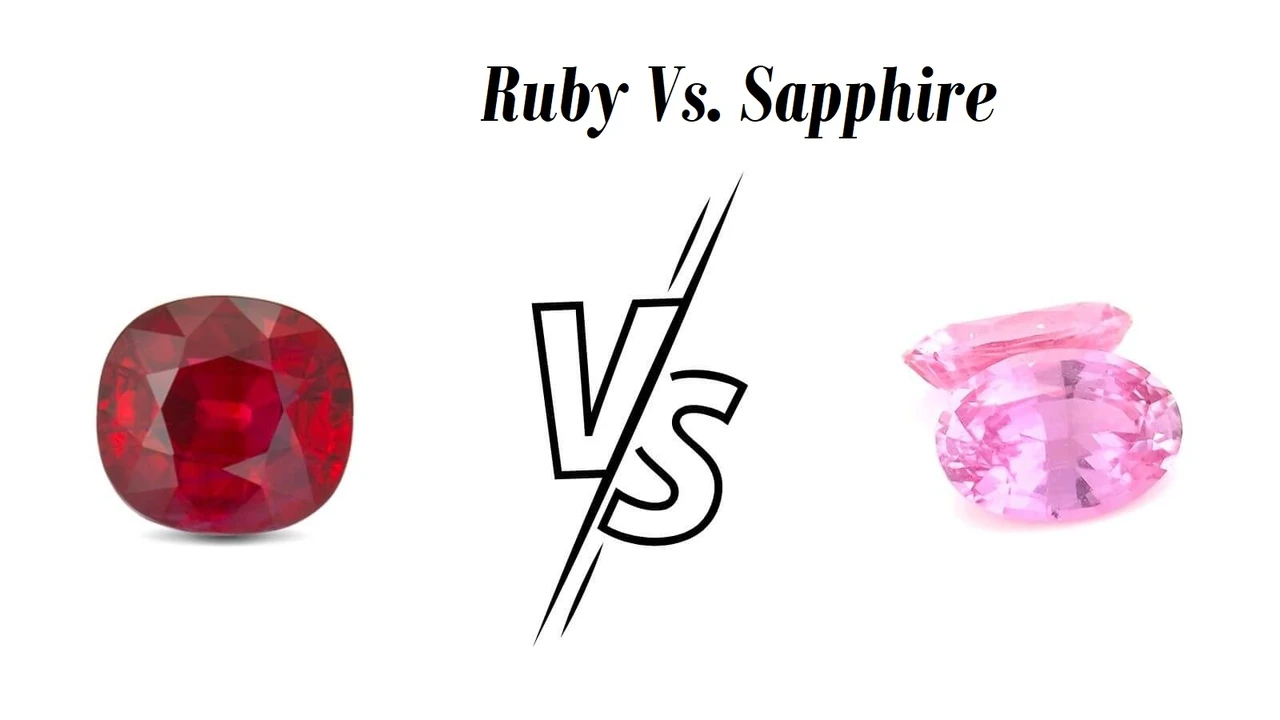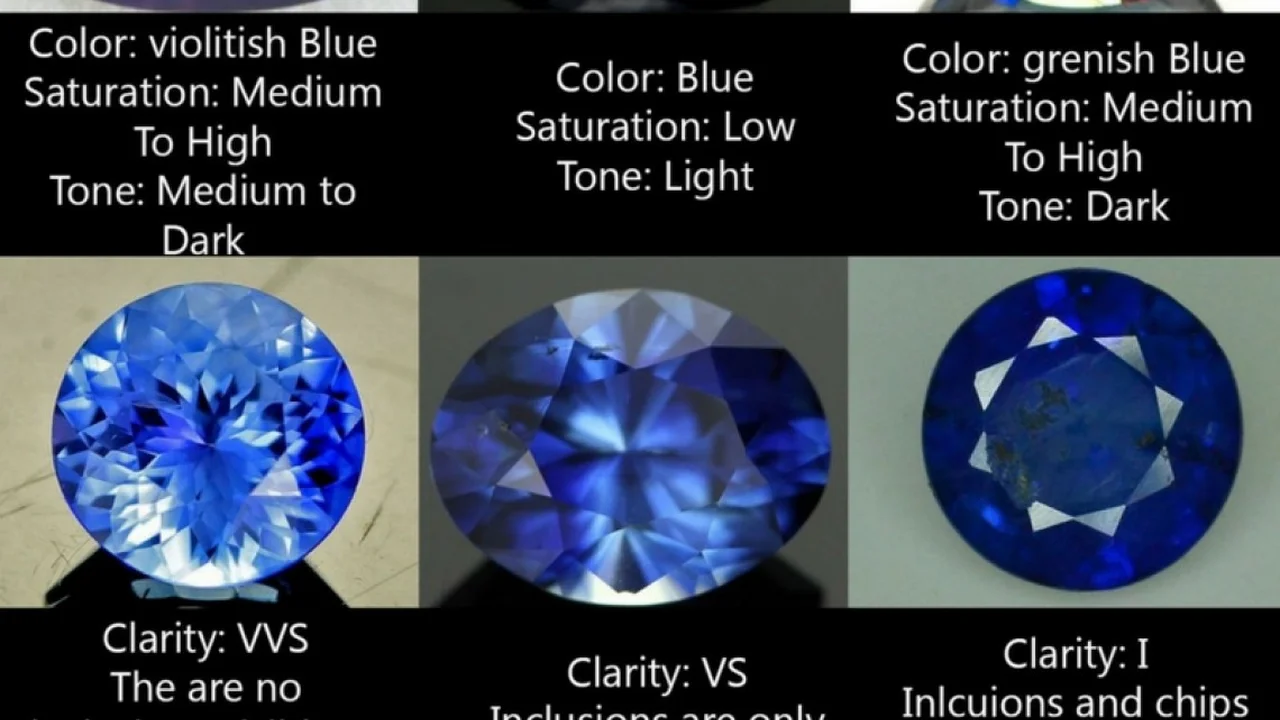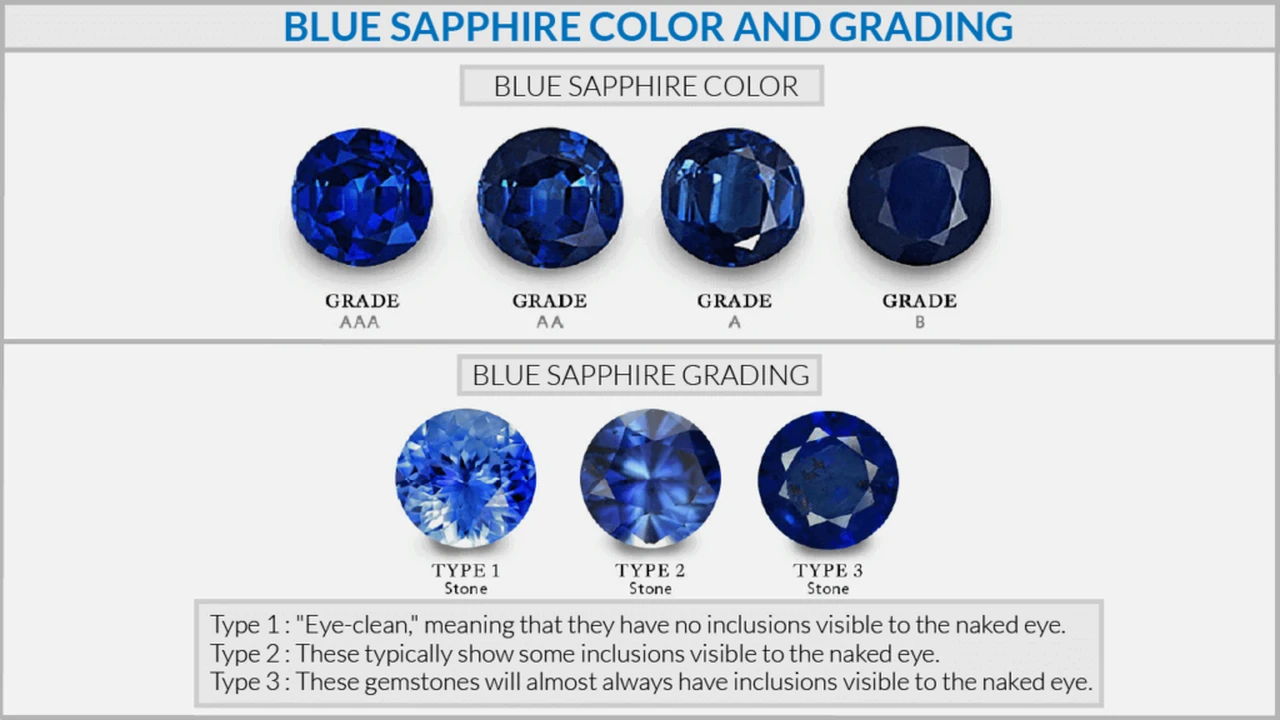Ruby vs Sapphire Understanding Price Factors for Investment Returns
Ruby vs Sapphire: Understanding the key price factors influencing investment returns in the US and Southeast Asian gemstone markets. Compare and contrast these popular gemstones.

Ruby and Sapphire Investment Potential A Head to Head Comparison
So, you're thinking about diving into the world of colored gemstone investing, huh? Excellent choice! Rubies and sapphires are two of the most sought-after gems, offering a blend of beauty and potential financial returns. But which one is the better investment? Let's break down the key price factors that influence their value in the US and Southeast Asian markets, giving you the inside scoop to make an informed decision.
Color The Most Critical Factor
When it comes to both rubies and sapphires, color reigns supreme. For rubies, the most coveted shade is a vibrant, pure red, often referred to as 'pigeon's blood,' particularly in the Burmese ruby market. Sapphires, on the other hand, come in a rainbow of colors, but the most prized is a deep, intense blue, often associated with sapphires from Kashmir.
Ruby Color: The intensity and purity of the red hue are paramount. Stones with brownish or purplish undertones are less desirable and command lower prices. Look for rubies with a strong, even color distribution.
Sapphire Color: While blue is the most popular, other colors like pink, yellow, orange, and padparadscha (a rare pinkish-orange) can also fetch high prices. The key is saturation – the more intense the color, the more valuable the sapphire.
In Southeast Asia, particularly in countries like Thailand and Myanmar, rubies hold a special cultural significance. Vivid red rubies are often associated with good luck and prosperity, driving up their demand and price. Similarly, in the US, the classic elegance of a deep blue sapphire makes it a popular choice for engagement rings and other fine jewelry, contributing to its stable market value.
Clarity What You Need to Know
Clarity refers to the absence of inclusions (internal flaws) and blemishes (surface imperfections) in a gemstone. While flawless rubies and sapphires are incredibly rare, clarity significantly impacts their value.
Ruby Clarity: Rubies tend to have more inclusions than sapphires. However, some inclusions can actually enhance a ruby's beauty and value, such as the silk-like rutile needles that create a 'star' effect in star rubies.
Sapphire Clarity: Sapphires generally have better clarity than rubies. Look for stones with minimal inclusions that don't detract from their brilliance. However, like rubies, some sapphires can exhibit desirable effects like asterism (star effect) or chatoyancy (cat's eye effect).
The tolerance for inclusions varies between the US and Southeast Asian markets. In the US, consumers generally prefer cleaner stones, while in some parts of Southeast Asia, minor inclusions are accepted as proof of authenticity and natural origin.
Cut How It Affects Sparkle and Value
The cut of a ruby or sapphire determines how well it reflects light and displays its brilliance. A well-cut stone will maximize its sparkle and color, while a poorly cut stone will appear dull and lifeless.
Ruby Cut: Rubies are often cut to maximize their color intensity. This may involve sacrificing some carat weight to achieve the best possible hue. Common ruby cuts include oval, cushion, and round.
Sapphire Cut: Sapphires are typically cut to maximize their brilliance and dispersion (the rainbow-like flashes of light). Popular sapphire cuts include oval, cushion, round, and emerald cut.
The ideal cut can also depend on the gem's origin. For example, Burmese rubies are often cut in a way that preserves their weight, even if it means slightly compromising on brilliance. In contrast, sapphires destined for the US market are often cut with precision to achieve maximum sparkle.
Carat Weight Size Matters But Isn't Everything
Carat weight is a unit of measurement used to determine the size of a gemstone. One carat is equal to 0.2 grams. Larger rubies and sapphires are generally more valuable than smaller ones, but the price per carat increases exponentially with size. This means that a 2-carat ruby will be worth significantly more than two 1-carat rubies of similar quality.
While size is important, it's crucial to remember that color, clarity, and cut also play a significant role in determining a gem's overall value. A smaller ruby with exceptional color and clarity may be worth more than a larger ruby with poor color and numerous inclusions.
Origin A Prestigious Factor
The origin of a ruby or sapphire can significantly impact its value. Certain localities are renowned for producing gemstones of exceptional quality.
Ruby Origin: Burmese rubies, particularly those from the Mogok region, are considered the most valuable due to their intense red color and exceptional clarity. Other notable ruby sources include Mozambique, Thailand, and Vietnam.
Sapphire Origin: Kashmir sapphires are highly prized for their velvety blue color and scarcity. Other important sapphire sources include Sri Lanka (Ceylon), Madagascar, and Myanmar.
A gemological certificate from a reputable laboratory, such as GIA (Gemological Institute of America) or SSEF (Swiss Gemmological Institute), can verify a gemstone's origin, adding to its credibility and value.
Treatments Enhancements to Be Aware Of
Many rubies and sapphires undergo treatments to enhance their color and clarity. Heat treatment is a common practice that can improve a gem's color and remove unwanted inclusions. While heat treatment is generally accepted, other treatments, such as beryllium diffusion, can significantly alter a gem's appearance and should be disclosed.
It's essential to ask about any treatments a ruby or sapphire has undergone before making a purchase. Untreated or lightly treated gemstones are generally more valuable than heavily treated ones.
Specific Ruby and Sapphire Product Recommendations
Okay, let's get down to some specific examples! These recommendations consider both investment potential and aesthetic appeal.
Ruby Recommendations
- 2-Carat Burmese Ruby Ring: A 2-carat Burmese ruby with a vivid red color and minimal inclusions, set in a platinum ring with diamond accents. This is a classic investment piece that can be worn and enjoyed. Expect to pay upwards of $20,000, depending on the specific quality and origin certification. Use Case: Special Occasions, heirloom potential.
- 1.5-Carat Mozambique Ruby Pendant: A 1.5-carat Mozambique ruby with a strong red color, set in a simple gold pendant. Mozambique rubies offer excellent value for their quality. Price range: $5,000 - $10,000. Use Case: Everyday wear, a beautiful and relatively accessible entry point to ruby investment.
- Unheated Ruby Stud Earrings: Pair of .75 Carat each Unheated Rubies. These are a great low-risk investment that can be used everyday. Price range: $3000-$7000. Use Case: Everyday wear, very versatile.
Sapphire Recommendations
- 3-Carat Kashmir Sapphire Ring: A 3-carat Kashmir sapphire with a velvety blue color, set in a platinum ring with a halo of diamonds. This is a top-tier investment piece that can appreciate significantly over time. Be prepared to invest $50,000 or more. Use Case: A statement piece, investment grade.
- 2-Carat Ceylon Sapphire Pendant: A 2-carat Ceylon sapphire with a vibrant blue color, set in a white gold pendant with a delicate diamond bail. Ceylon sapphires offer a good balance of quality and price. Price range: $8,000 - $15,000. Use Case: Elegant everyday wear.
- Padparadscha Sapphire: These can be extremely valuable, any jewelry with these will increase in price over time. Price range: $6000-$20000+. Use Case: Statement piece, unique.
Ruby vs Sapphire Market Trends US and Southeast Asia
The demand for rubies and sapphires is influenced by various factors, including economic conditions, fashion trends, and cultural preferences. In the US, the demand for sapphires is generally more stable due to their popularity as engagement rings. Rubies, on the other hand, tend to be more popular in Southeast Asia, driven by cultural beliefs and traditions.
Both rubies and sapphires are considered relatively safe investments compared to other asset classes, such as stocks or bonds. However, like any investment, they are subject to market fluctuations. It's essential to do your research and consult with a reputable gemologist before making a purchase.
Final Thoughts
Investing in rubies and sapphires can be a rewarding experience, both financially and aesthetically. By understanding the key price factors and market trends, you can make informed decisions and build a valuable gemstone portfolio. Remember to prioritize quality over size, choose gemstones from reputable sources, and always ask about any treatments. Happy investing!
:max_bytes(150000):strip_icc()/277019-baked-pork-chops-with-cream-of-mushroom-soup-DDMFS-beauty-4x3-BG-7505-5762b731cf30447d9cbbbbbf387beafa.jpg)






